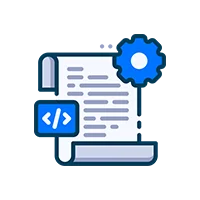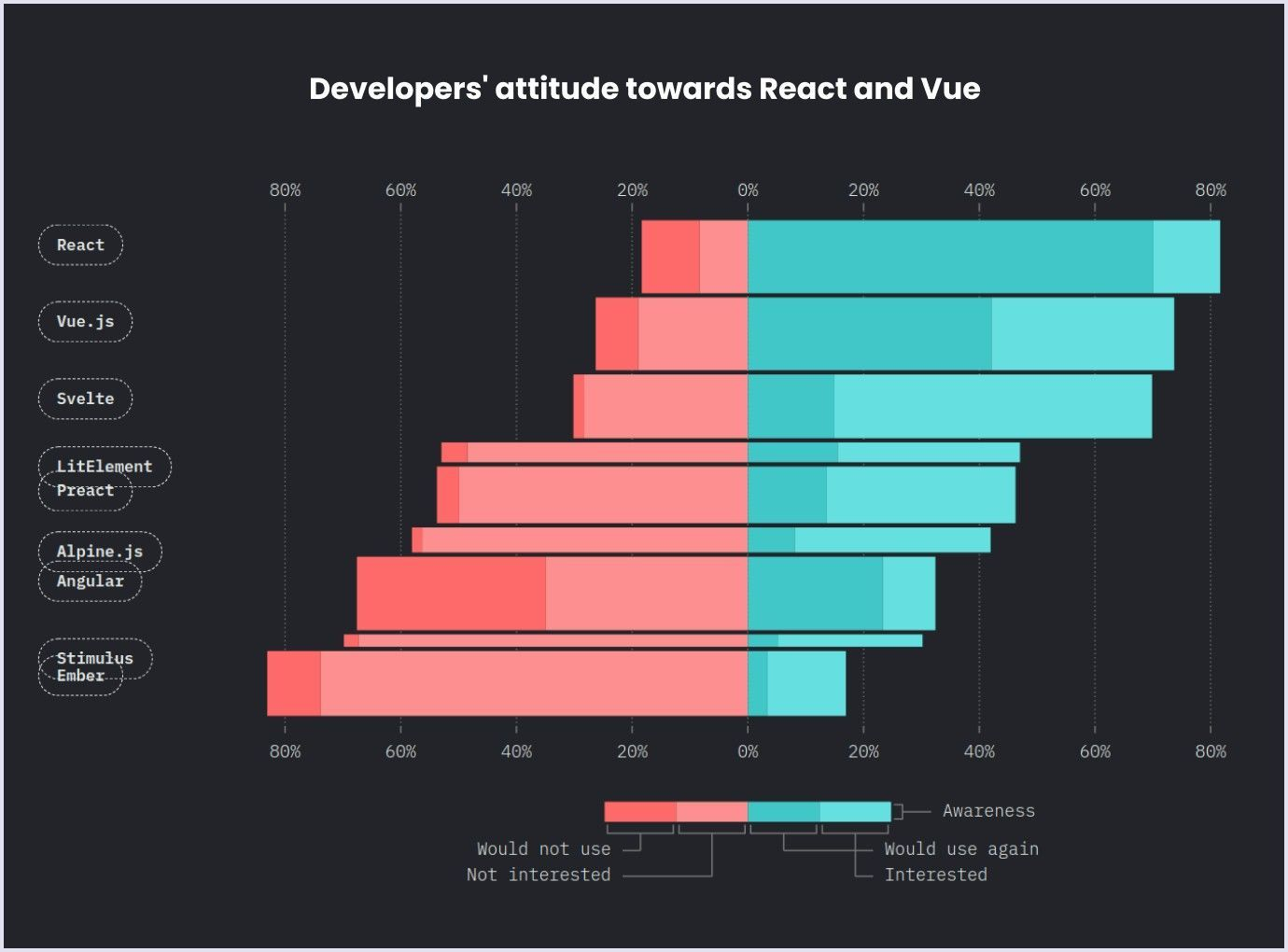Overfitting and Underfitting
Machine learning is constantly evolving and advancing, with new Machine learning trends every day that change the way businesses operate. Overfitting and underfitting are two common problems in machine learning related to the performance and generalization of models. Both terms outline scenarios where a machine learning model’s ability to make predictions gets accurate for training data but gets wrong for new data. All in all, the Machine Learning models fail to find the right balance between capturing underlying patterns in the data and avoiding unnecessary complexity.
Overfitting in Machine Learning
Overfitting in Machine Learning is a condition when the machine learning model learns the training data too well, to the point where it captures not only the underlying patterns but also the noise and random fluctuations present in the data.
Characteristics of Overfitting:
- The model performs very well on the training data but not on the new data.
- However, the model’s performance significantly degrades when evaluated on new, unseen data (validation or test data).
- The model may exhibit high sensitivity to minor variations in the training data.
- Model parameters, such as weights in neural networks, may become overly complex or take extreme values.
|
Why does overfitting occur?
Overfitting occurs in machine learning models for several reasons, primarily related to the complexity of the model and the characteristics of the training data. Here are some of the key reasons why overfitting can happen:
Overfitting is often a result of using a model that is too complex for the given dataset. Complex models, such as deep neural networks with many layers or decision trees with deep branches, have a high capacity to capture intricate details in the training data. When there isn’t enough data to support the complexity of the model, it starts fitting noise and random fluctuations instead of genuine patterns.
- Insufficient Training Data
When the size of the training dataset is small relative to the complexity of the model, overfitting is more likely to occur. With limited data, the model may not be able to generalize effectively, and it may end up memorizing the training examples rather than learning meaningful relationships.
Real-world data often contains noise, which is random variation or errors in the data. When a model is too complex, it can fit this noise as if it were a part of the underlying pattern. This leads to poor generalization because the noise is not present in new, unseen data.
Outliers are data points that deviate significantly from the majority of the data. Complex models can be sensitive to outliers and may try to fit them even when they don’t represent the typical behavior of the data. This sensitivity to outliers can contribute to overfitting.
Regularization techniques, such as L1 or L2 regularization, are used to prevent overfitting by adding penalty terms to the model’s objective function. If these techniques are not applied or are applied inadequately, the model is more likely to overfit.
The choice of features (input variables) used in a model can also impact overfitting. Including irrelevant features or too many features can increase the complexity of the model and make it prone to overfitting. On the other hand, omitting important features can lead to underfitting.
Training a model for too many epochs or iterations, especially in deep learning, can contribute to overfitting. The model may continue to learn the training data to the point of overfitting if training is not stopped at an appropriate time.
Poor choices of hyperparameters, such as learning rates or batch sizes, can affect the convergence and generalization of a model. Improper hyperparameter settings can lead to overfitting.
Methods to Prevent Overfitting:
To mitigate overfitting, you can employ various techniques:
- Cross-validation: Divide your data into multiple subsets and train/test your model on different subsets to get a better estimate of its generalization performance.
- Regularization: Add penalty terms to the model’s objective function to discourage extreme parameter values. Common types of regularization include L1 and L2 regularization.
- Feature selection: Choose a subset of the most relevant features and discard irrelevant ones to reduce the complexity of the model.
- Early stopping: Monitor the model’s performance on a validation set during training and stop training when the performance starts to degrade.
- Data augmentation: Increase the size of your training dataset by applying random transformations or generating synthetic data.
- Simplifying the model: Use a simpler model architecture with fewer parameters if your data supports it.
Underfitting in Machine Learning:
Underfitting occurs when a machine learning model is too simple to capture the underlying patterns in the data. In other words, it fails to learn the training data adequately, resulting in poor performance both on the training data and on new, unseen data.
Balancing the model’s complexity with the amount and quality of the training data, as well as applying appropriate regularization techniques, is crucial to avoid overfitting and build models that generalize well to new data.
Characteristics of underfitting:
- The model’s performance is subpar on both the training data and validation/test data.
- It cannot capture the true relationships and patterns in the data.
- The model may have high bias, meaning it oversimplifies the problem.
|
Why does underfitting occur?
Underfitting in machine learning occurs when a model is too simple to capture the underlying patterns and relationships in the training data. It is the opposite of overfitting, where a model is excessively complex and fits the training data too closely. Here are some key reasons why underfitting can happen:
Underfitting typically occurs when a model is too simple or lacks the capacity to represent the complexity of the underlying data. Simple models, such as linear regression in machine learning or shallow decision trees, may not have the flexibility to capture intricate patterns.
- Insufficient Model Capacity
If the chosen model architecture does not have enough parameters or complexity to represent the relationships within the data, it will struggle to fit the training data effectively.
- Inadequate Feature Representation
The features (input variables) used to train the model may not adequately capture the relevant information in the data. Missing important features or using overly simplistic features can lead to underfitting.
Terminating the training process too early, before the model has had a chance to learn the underlying patterns, can result in underfitting. This is particularly relevant in deep learning models, where training may require many epochs.
Incorrect settings for hyperparameters, such as a learning rate that is too small, can hinder the training process and prevent the model from fitting the data adequately.
Noisy or error-prone training data can make it difficult for a model to learn the true underlying relationships. If the noise is substantial and the model is too simple, it may prioritize fitting the noise rather than capturing the actual patterns.
In some cases, not properly scaling or normalizing features can lead to underfitting, especially when using models like support vector machines or k-nearest neighbors.
Underfitting is often associated with a high bias, meaning that the Machine Learning model makes strong assumptions about the data that do not hold true. For example, a linear model may underfit if the true relationship between variables is nonlinear.
Methods to Prevent Underfitting:
To mitigate underfitting, it’s important to consider the following actions:
- Increase Model Complexity: Use a more complex model with a greater capacity to capture the data’s underlying patterns. For example, if a linear model is underfitting, consider using a nonlinear model like a polynomial regression or a deep neural network.
- Feature Engineering: Ensure that the features used in the model are representative of the data’s characteristics. This may involve creating new features or transforming existing ones.
- Hyperparameter Tuning: Experiment with different hyperparameter settings to find the best configuration for your model. This includes adjusting learning rates, regularization strengths, and other hyperparameters.
- More Data: If possible, gather more training data to provide the model with a richer source of information to learn from.
- Feature Scaling and Preprocessing: Properly preprocess and scale the data to make it more amenable to modeling techniques.
Final Thoughts:
Understanding the concept of overfitting and underfitting in Machine learning is critical for developing effective machine learning models. Overfitting occurs when models get too complicated, fitting noise in training data and failing to generalize to new data. Underfitting, on the other hand, happens when models are excessively simplistic and incapable of capturing underlying patterns. It is critical for successful model training to strike the correct balance between model complexity and dataset quantity. Regularization approaches, correct feature engineering, and hyperparameter tweaking are useful tools for combating overfitting and underfitting and ensuring that models generalize effectively and make accurate predictions on unknown data.
Suggested Read : For Machine Learning Information
The post Overfitting and Underfitting in Machine Learning Explained | Machine Learning appeared first on .
Tags:
- Machine Learning trends
- decision tree in machine learning
- machine learning model
- overfitting and underfitting in machine learning
- overfitting in machine learning
- regression in machine learning
- underfitting in machine learning

 .NET MAUI Development
.NET MAUI Development
 Xamarin Application Development
Xamarin Application Development
 React Native App Development
React Native App Development
 iOS Application Development
iOS Application Development
 Android Application Development
Android Application Development
 Android Wear App Development
Android Wear App Development
 Ionic Development
Ionic Development
 iBeacon Application Development
iBeacon Application Development
 Universal Windows Platform (UWP)
Universal Windows Platform (UWP)
 Kotlin Application Development
Kotlin Application Development
 Swift Application Development
Swift Application Development
 Flutter Application Development
Flutter Application Development
 PWA Application Development
PWA Application Development
 Offshore Software Development
Offshore Software Development
 Custom Application Development
Custom Application Development
 Front-End Development
Front-End Development
 Full Stack Development
Full Stack Development
 AI & Machine Learning
AI & Machine Learning
 Custom CRM Solutions
Custom CRM Solutions
 Flask Software Development
Flask Software Development
 Electron JS Development
Electron JS Development
 ChatGPT Development
ChatGPT Development
Telemedicine App Development
Build Smart Telemedicine Platform
Beauty & Salon App Solutions
Hire Workato Experts
Workato Consulting & Support
 RaspBerry Pi
RaspBerry Pi
 Firmware Software Development
Firmware Software Development
 ESP 32 Software Development
ESP 32 Software Development
 Embedded Development
Embedded Development
 Internet of Things
Internet of Things
 Nordic Development
Nordic Development
6G Solutions
Smart Hospitality Solutions
Smart IoT Development
Custom IOT Enabled Smart Lock
Nuki Smart Lock
Salto Smart Lock
Smart Lock SDK Integration
TTlock Smart Lock
Dairy IoT Solutions
Smart IoT System Development for HVAC
 .NET Application Development
.NET Application Development
 .NET Nuke Development
.NET Nuke Development
 Microsoft Dynamics CRM
Microsoft Dynamics CRM
 Microsoft Small Business Solution
Microsoft Small Business Solution
 VB .NET Development
VB .NET Development
 C# Development
C# Development
 Sharepoint Migration
Sharepoint Migration
 Sharepoint Development
Sharepoint Development
 ASP.NET Core Development
ASP.NET Core Development
 ASP.NET Development
ASP.NET Development
 ASP.NET MVC Development
ASP.NET MVC Development
 Kentico CMS
Kentico CMS
 Umbraco CMS
Umbraco CMS
 AJAX Development
AJAX Development
 Agile Development
Agile Development
 Microsoft Bot
Microsoft Bot
 Microsoft Blazor
Microsoft Blazor
 Microsoft Azure Cognitive
Microsoft Azure Cognitive

 Mean Stack Development
Mean Stack Development
 Vue JS Development
Vue JS Development
 Javascript Development
Javascript Development
 Angular JS Development
Angular JS Development
 Next JS development
Next JS development
 Java Development
Java Development
 Python Development
Python Development
 Django Development
Django Development
 Cherrypy Development
Cherrypy Development
 NodeJS Development
NodeJS Development
 Laravel Development
Laravel Development
 CodeIgniter Development
CodeIgniter Development
 Zend Development
Zend Development
 Ruby on Rails Development
Ruby on Rails Development
 CakePHP Development
CakePHP Development
 PHP Website Development
PHP Website Development
 Symfony Development
Symfony Development
 Drupal Development
Drupal Development
 Joomla Development
Joomla Development
 Wordpress Development
Wordpress Development
 Magento Development
Magento Development
 Magento 2.0 Development
Magento 2.0 Development
 Magento Enterprise
Magento Enterprise
 Shopping Cart Development
Shopping Cart Development
 Prestashop Development
Prestashop Development
 Shopify Development
Shopify Development
 Open Cart Development
Open Cart Development
 WooCommerce Development
WooCommerce Development
 BigCommerce Development
BigCommerce Development
 NopCommerce Development
NopCommerce Development
 Virto Commerce Development
Virto Commerce Development
 AspDotNetStorefront Development
AspDotNetStorefront Development
 HTML 5
HTML 5
 UI/UX Design
UI/UX Design
 Graphic Design
Graphic Design
 Adobe Photoshop
Adobe Photoshop
 XML Application Development
XML Application Development
 Cloud Computing Solutions
Cloud Computing Solutions
 Azure Cloud App Development
Azure Cloud App Development
 AWS Development
AWS Development
 Google Cloud Development
Google Cloud Development
 SQL Programming Development
SQL Programming Development
 MySQL Development
MySQL Development
 MongoDB Development
MongoDB Development
 Big Data
Big Data
 Robotic Process Automation
Robotic Process Automation
 Social Media Marketing
Social Media Marketing
 Search Engine Optimization
Search Engine Optimization
 QA Testing
QA Testing
 Software Testing
Software Testing
 Software Security
Software Security
 Maintenance And Support
Maintenance And Support
 I.T. Consulting Services
I.T. Consulting Services
 Business Intelligence
Business Intelligence
 YII Development
YII Development
 Data Analysis
Data Analysis
 Alexa Skills Development
Alexa Skills Development
 On Demand App for Mobile repairing services
On Demand App for Mobile repairing services
 On Demand App for Car Service Booking
On Demand App for Car Service Booking
 On Demand App for Cleaning Services
On Demand App for Cleaning Services
 On Demand App for Pharmacy
On Demand App for Pharmacy
 On Demand Dedicated Developers
On Demand Dedicated Developers








Leave a Reply